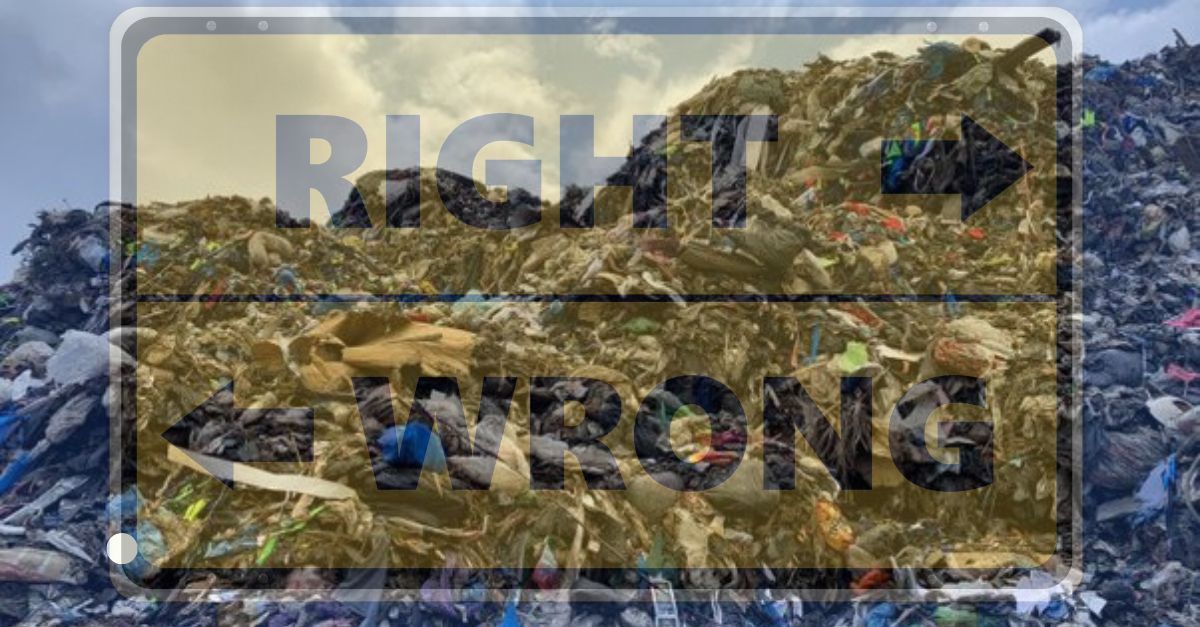In recent years, the fashion industry has become synonymous with speed, convenience, and affordability—often at a tremendous cost. Fast fashion brands churn out new collections at an unprecedented rate, urging consumers to keep up with trends. But what lies beneath this seemingly harmless pursuit of style? In this blog post, we will explore the dark side of fast fashion, revealing how it negatively impacts the planet, people, and ethical standards across the globe.
1. What is Fast Fashion?
Fast fashion refers to the rapid production of high volumes of clothing that mimic current fashion trends at a low cost. Brands like Zara, H&M, and Forever 21 often release new styles weekly, creating a culture where consumers feel pressured to buy more, more often. While this practice keeps pace with consumer demand, it comes with grave repercussions for our environment and society.
2. The Environmental Impact
The environmental toll of fast fashion is staggering and multifaceted. Here are the primary concerns we need to address:
2.1 Water Usage
Fashion production is notoriously water-intensive. The agriculture of cotton alone consumes approximately 2,700 liters of water per t-shirt produced. 🚰 This enormous demand exacerbates water scarcity in many regions, impacting both people and ecosystems.
2.2 Waste Production
The fashion industry is one of the largest contributors to landfill waste. According to the Ellen MacArthur Foundation, about 92 million tons of textile waste are created each year, with much of it being discarded clothing. Only a small fraction is recycled, highlighting a major flaw in the production cycle.
2.3 Toxic Chemicals
Many fast fashion brands use harmful chemicals in textile production. These compounds can pollute waterways and affect the health of workers and local communities. For instance, a significant percentage of dyes used in fast fashion is toxic, leading to serious environmental pollution.
3. Social Consequences
The impact of fast fashion extends beyond environmental concerns and enters the realm of human rights and ethical labor practices.
3.1 Labor Exploitation
Fast fashion often relies on countries with lower labor costs, which can lead to workers facing exploitative conditions. Factories may engage in labor practices that involve long hours, low pay, and unsafe working environments. The Rana Plaza tragedy in 2013, where over 1,100 workers died in a garment factory collapse, is a stark reminder of the industry’s dark side.
3.2 Consumer Culture
The fast fashion model promotes a throwaway culture where clothing is treated as disposable. This mentality fosters impulse buying and contributes significantly to overconsumption, leading consumers to prioritize quantity over quality.
4. Alternatives to Fast Fashion
Fortunately, there are ethical and sustainable alternatives to fast fashion that help minimize environmental impact and promote fair labor practices. Some options include:
- Thrift Shopping: Purchasing second-hand clothing reduces demand for new production and keeps clothing out of landfills.
- Sustainable Brands: Opt for brands committed to sustainable practices, such as Patagonia, Everlane, and Reformation.
- Capsule Wardrobes: Building a capsule wardrobe promotes quality over quantity, ensuring you invest in timeless pieces that last.
5. How You Can Make a Difference
You have the power to shift the fashion narrative. Here are actionable steps you can take:
- Educate Yourself: Understand the impact of your purchases. Resources like the Fashion Transparency Index can provide insights into brand practices.
- Make Conscious Choices: Choose quality over quantity, focusing on sustainable brands and ethical production models.
- Support Legislation: Advocate for policies that hold companies accountable for their environmental and labor practices.
- Reduce, Reuse, Recycle: Instead of discarding old clothing, try to upcycle or donate it to prevent waste.
6. Conclusion
The fast fashion industry has woven itself into the fabric of modern consumerism, but at what cost? By understanding the dark side of this trend, we can all play a role in combatting its negative repercussions. Through conscious consumer choices and by supporting ethical brands, we can contribute to a more sustainable and equitable fashion industry.
For further reading on the impacts of fast fashion, check out the following resources:
- Ellen MacArthur Foundation – A New Textiles Economy
- Fashion Revolution – Fashion Transparency Index
- The True Cost Documentary 🌱
Together, let’s stitch change into the fabric of our world!
